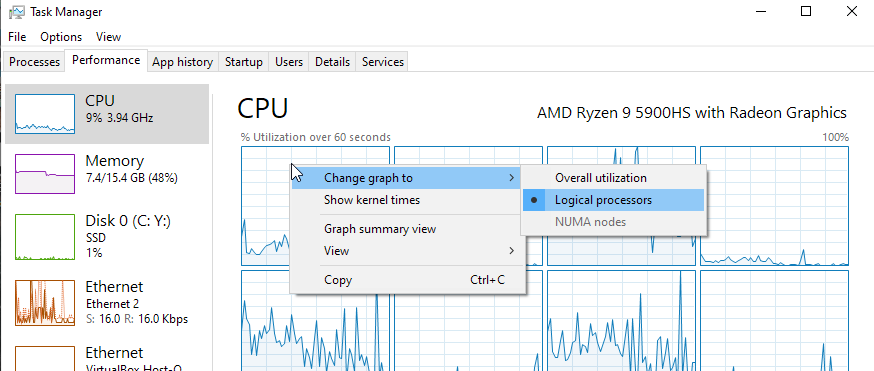Hello,
I am experiencing a critical stability issue with a Fill + Key output setup on Aximmetry Professional SE v2025.2.0.
The Main Problem: My Fill and Key output (via a Blackmagic Duo 2) works perfectly for the first 2-3 hours of continuous broadcast. After this time, the output begins to lag, stutter, or lose sync, causing a noticeable delay.
The only temporary solution is to completely restart Aximmetry during a commercial break, after which the sync is perfect again for another few hours.
This strongly suggests a performance degradation issue (like a memory leak or buffer overflow) rather than a simple configuration error.
System Specifications (Hardware is Not the Bottleneck): Our hardware is top-tier and is not being stressed:
Software: Aximmetry Professional SE 2025.2.0
OS: Windows 11 (This was a fresh format/install before Aximmetry was set up)
GPU: NVIDIA RTX 4080 Super
RAM: 128 GB DDR5
Card: Blackmagic DeckLink Duo 2
Performance: During the entire broadcast (even when the lag starts), Aximmetry's internal "Processor Load" never exceeds 30%. The system is idle.
My Configuration (Which seems correct): I have already verified and configured all the fundamental sync settings, which is why it works correctly at the beginning:
1. Hardware Genlock (Reference):
We are using a dedicated Blackmagic Sync Generator providing a 1080i50 Tri-Level Sync signal.
This signal is distributed to both our main video mixer and the "Ref In" of the DeckLink Duo 2 card.
In Blackmagic Desktop Video Setup, the card confirms this and correctly shows "Reference: Locked" at 1080i50.
2. Aximmetry Project Format (File > Properties):
Rendering: The Frame size, Frame rate, and Interlaced settings (1920x1080, 50fps, Interlaced ON) match our studio format.
3. Aximmetry Output Configuration (Edit > Preferences > Video Outputs):
Fill output is mapped to SDI 1; Key output is mapped to SDI 2.
The "Sync" checkbox is ACTIVE (spuntata) for the Fill outputs.
Question: Given that the hardware is high-end, the OS is clean, the resource load is low (under 30%), and the sync settings (especially the dedicated Genlock) are correct, why would Aximmetry 2025.2.0 experience performance degradation after just a few hours?
Is this a known issue with this specific version, Windows 11, or the Blackmagic drivers?
Thank you for your help.

This sounds like an overheating problem. Have you checked your CPU/GPU temps? 30% processor load doesn’t say any. If one of the cores that Aximmetry or Unreal uses are running at 100% you will see dropped frames. Real-time engines like Aximmetry and Unreal don’t scale performance across multiple cores linearly. This is why single core clock speeds are important and that 30% number doesn’t tell us anything about that.
Genlock doesn’t have anything to do with performance. You’re not genlocking Aximmetry with the Ref in on the Decklink. You’re genlocking the frame buffer output of the Decklink, after Aximmetry has sent the frames to the card. Genlock is not fundamental and most often just an error source. Aximmetry genlocks to the camera signal and the Decklink will output smooth frames without it. Your video mixer will (if it’s not ancient) re-clock the input signals anyway, so the only thing you really gain with genlock is avoid that re-clock, which will save you a frame or so of system latency.
We run Aximmetry for hour each day and haven’t seen this issue, so it’s definitely not a common issue,